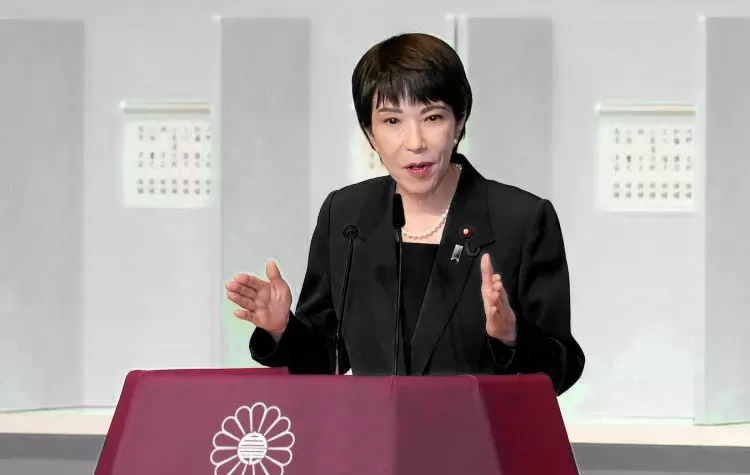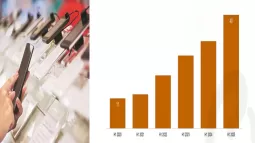
Historical Japanese Election
Sanae Takaichi is Japan's first female prime minister after being elected to the office by the Japanese parliament on Tuesday. She replaces Shigeru Ishiba, who had earlier stepped down office following the upheaval of intra-party squabbles in the ruling Liberal Democratic Party (LDP). Takaichi was nominated as the new party head after Ishiba stepped down, which opened the door for her to occupy a role to head the government.
Background to the Political Transition
The ruling LDP had also been under political strain after losing its majority in the upper house and lower house of parliament. Ishiba had been under strain and later quit. On Saturday during the party election, Takaichi emerged victorious by defeating Shinjiro Koizumi, son of the former Prime Minister Junichiro Koizumi, and three others.
In the parliamentary vote that followed, the alliance between the LDP and the Japan Innovation Party strongly supported Takaichi. With this backing, she secured her place as Japan’s first woman to hold the office of prime minister—a significant milestone in the nation’s political history.
Takaichi’s Political Journey
64-year-old Takaichi joined politics in 1993 as a parliamentarian who was elected to the role from her home constituency in Nara. She has also held some of the most senior roles in government in office, among them being Minister of Economic Security, Minister of Internal Affairs, and Minister for Gender Equality. Her style of leadership is characterized by its conservative and systematic approach to national security and economic stability.
International Response and Cooperation
Sanae Takaichi was congratulated by Indian Prime Minister Narendra Modi on her milestone win. In congratulating her, Modi said that he would like to work in close cooperation with her to further enhance the India–Japan Special Strategic and Global Partnership. Modi highlighted that cooperation between the two countries will continue to define peace, stability, and prosperity for the Indo-Pacific region.













